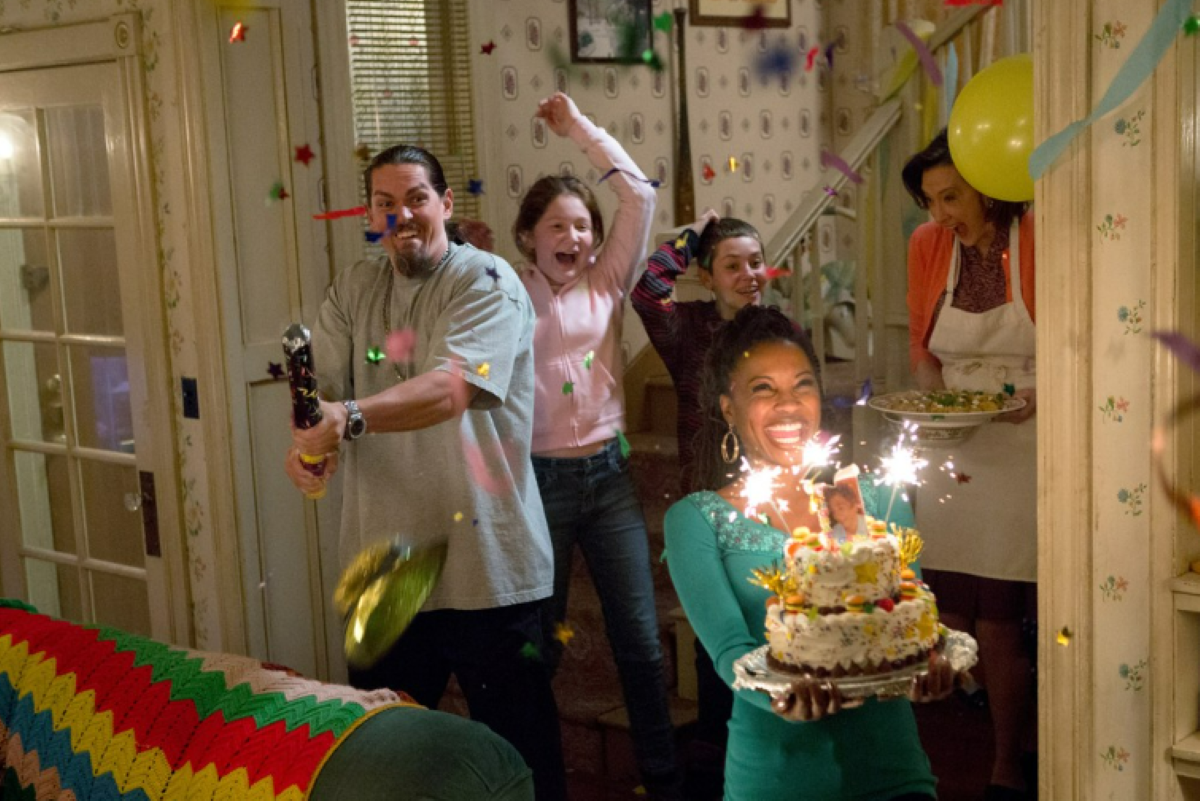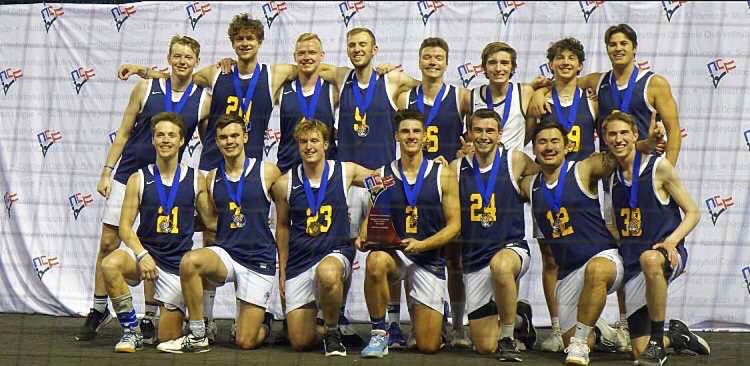Ninja turtles, pirates and little mermaids set out on Halloween night in pursuit of the best candy in the neighborhood. It’s not until the trick-or-treaters return home that the assessment of their treasures can take place. Among a plethora of fun-sized candy bars and M&M bags, white, orange and yellow kernels poke out of the pile.
Candy corn has been poking out of trick-or-treaters’ candy piles for more than a century. Bill Plumlee, the public relations manager of Brach’s Candy Co., said George Renninger of the Wunderlee Candy Co. created candy corn in the 1880s. By the 1900s, the Goelitz Candy Co. was producing the candy.
Creators chose the three colors of candy corn, to reflect the colors of the real thing.
“It’s supposed to mimic corn,” Plumlee said. “Yellow on top, darker as it goes down and whitish as it nears the end.”
Variations in color and shape of the candy corn have been produced since the release of the traditional kernel. Brach’s produces four main types of candy corn: the traditional candy corn, Indian Corn, Mellowcreme Pumpkins and Autumn Mix, Plumlee said. The company introduced a new flavor, Milk Maid Caramel Apple, this season.
UW-Eau Claire junior Ali Tetzloff, a candy corn lover, said the new candy corn sounded enticing.
“You have to try everything once, so I’ll probably try it,” she said.
Junior Lindsay Koerner said her favorite kind of candy corn is Mellowcreme Pumpkin, because the pumpkin shape reminds her of the fall season and Halloween.
But it’s not just for Halloween anymore. Brach’s releases red, green and white Reindeer Corn for the Christmas season and pastel Bunny Corn for Easter, Plumlee said.
To make candy corn, Brach’s use sugar, corn syrup, honey and salt, Plumlee said. A serving size of 22 pieces contains 140 calories and no fat.
It takes about 24 hours to make candy corn by a method called corn starch modeling, Plumlee said. Trays containing kernel-shaped depressions are filled from the top to bottom with corn starch. First yellow coloring is added, then orange, then white. When the starch hardens, the kernels are removed, polished and bagged.
Each year Americans consume enough Brach’s candy corn to circle the earth 4.25 times, according to the candy’s bag. Midwesterners top Brach’s consumer list of candy corn, Plumlee said.
He said the traditional candy corn is the preferred choice of candy corn lovers.
“I believe that taste preference has something to do with that, and that most people have grown up with the traditional kind,” he said. “At this point in the 21st century it has been come to be seen as a nostalgic item.”
For Koerner, candy corn remains a staple Halloween treat.
“Candy corn reminds me of my youth and trick-or-treating,” she said. “I remember I went as a cheerleader one Halloween and hoped my neighbors would give me candy corn.”





